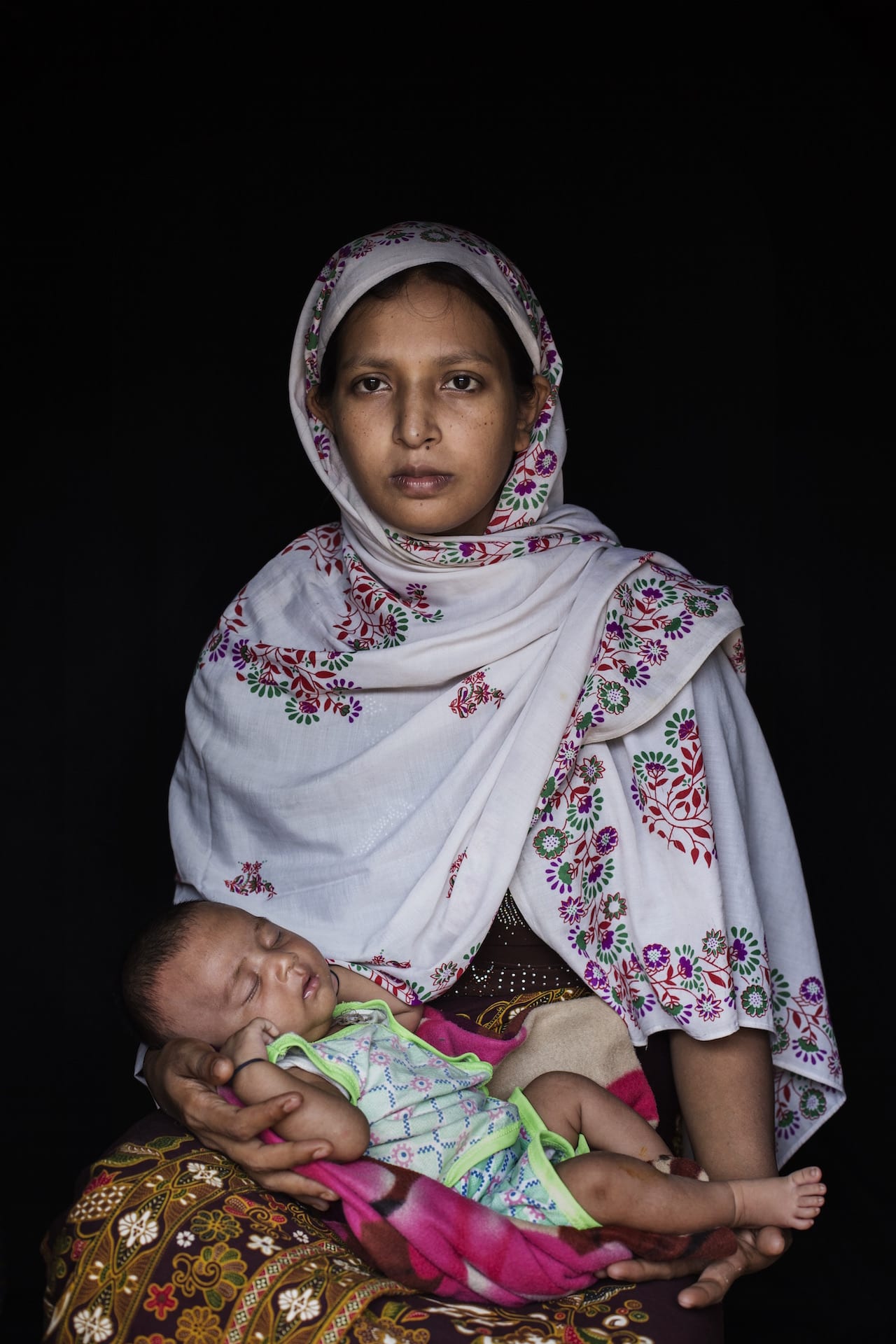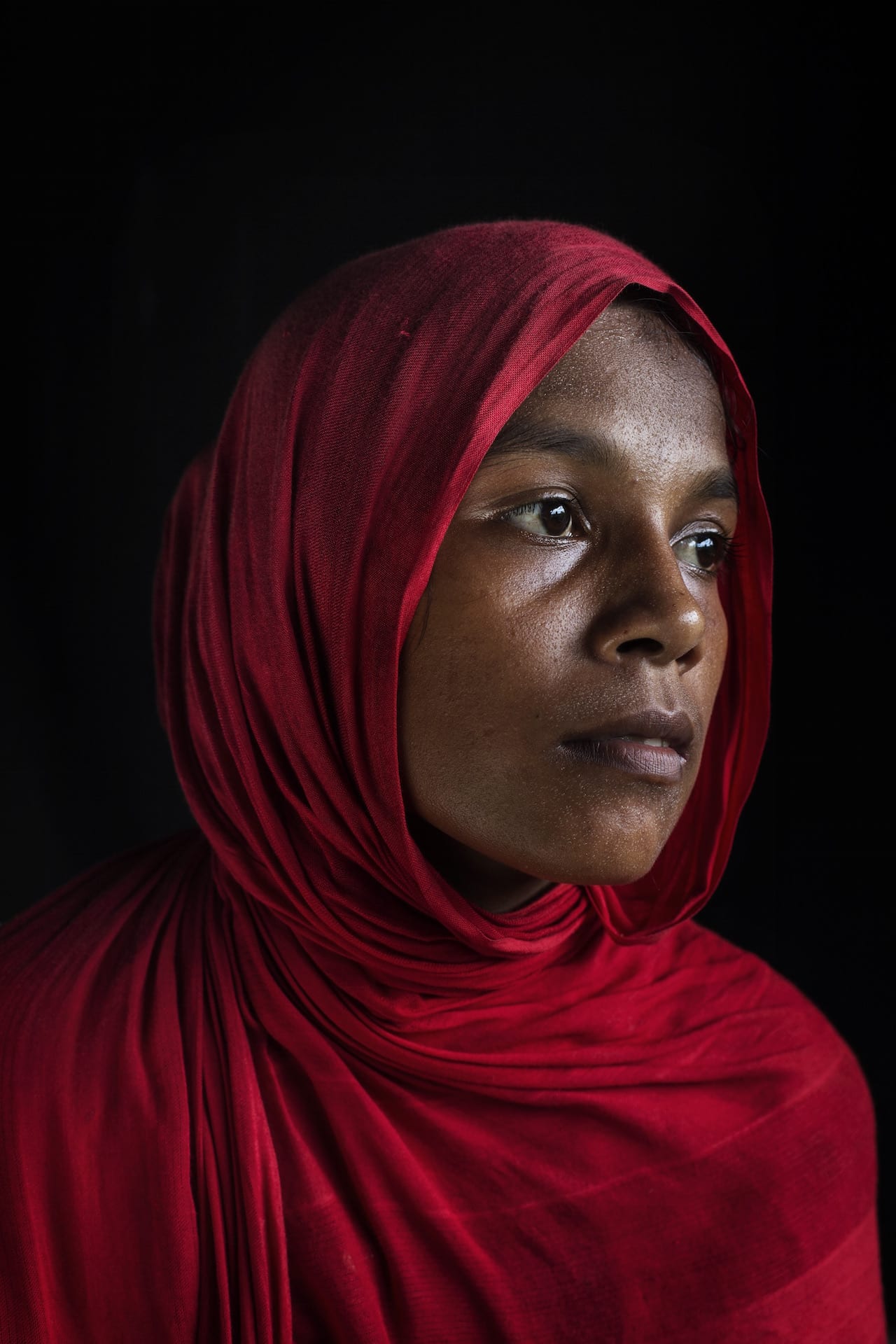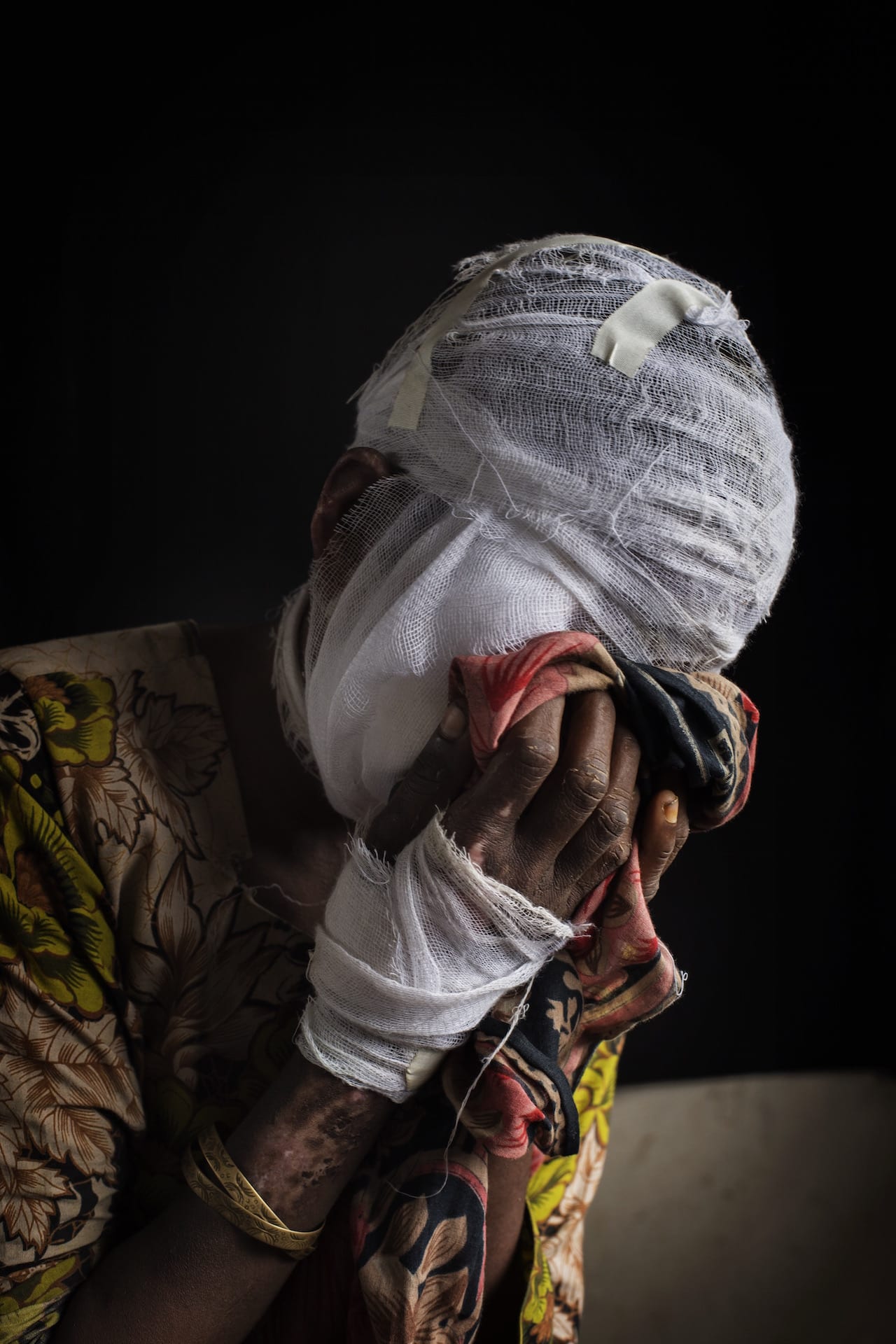“Coming back to photojournalism after a couple years of academic hiatus, I wanted to invest my time in projects that could affect change. Simply telling a story in an editorial doesn’t accomplish that,” says Anastasia Taylor-Lind about her determination to cover the Rohingya crisis in Myanmar for Human Rights Watch.
The organisation’s mandate is to gather evidence of crimes against humanity and share those records with governments, international agencies and the public. Doing so means relying on collaborations between a diverse group of professionals, including visual storytellers.
“Aside from our investigative role, we want to build momentum to try to stop the killings while they are still going on rather than just writing reports about the people who died,” explains Peter Bouckaert, the watchdog’s emergencies director. “We can’t engage people with what’s happening in remote places with only words. Images are a fundamental part of getting people to empathise.”
The list of photographers that he has commissioned in his 20-year career now includes the British-Swedish photographer, who he chose for the strength of her portraits. “It is impossible to get to where the crimes are being committed, other than on highly staged and controlled state tours,” notes Taylor-Lind. “Hence the only way to visualise the violence is through the high resolution satellite imagery that is being collected, and portraits of eyewitness accounts.”
Persecuted for decades, the Rohingya minority in Myanmar is now facing what the UNHCR considers a “textbook example of ethnic cleansing”. Since 25 August, over half a million of them have sought refuge in neighbouring Bangladesh to escape mass atrocities such as killings, arson and rape, reports HRW.

Initially, Taylor-Lind composed environmental portraits, hoping to provide context through the individual’s surroundings. But when she met Rashida [main image], who survived the Tu Lar To Li massacre, she felt compelled to make a solemn close-up portrait using the back of her reflector as the backdrop. The young woman had her 28-day-old baby snatched from her arms and smashed to death in front of her before being stabbed and having her throat slashed. She was left for dead in a house that the soldiers set on fire.
“During the two years I spent studying, my research was concerned with what war looks like,” says Taylor-Lind. “While war doesn’t look like the gentle, tender portraits I made, I wonder whether it’s a failing of photojournalism that we tend to represent victims of war at their most desperate and vulnerable. Representing them in much the same way I would a family member, as an individual rather than the statistic they become after they crossed the border, may constitute an alternative.”
Associated with this question of dignity in war photography is the one regarding what constitutes informed consent, a matter Taylor-Lind and HRW take to heart. “Violence carries a lot of stigma, shame and trauma,” states Bouckaert. “Therefore it was important to explain what our intentions were, what our work was about, how widely it would be shared and that their portrait and testimony would be presented as that of survivors of massacres.”
While some asked to have their name changed or for their identity to be concealed, others saw it as resistance. This was the case for Hassina. The 20-year-old says she witnessed a dozen fellow villagers being murdered on a river bank and her infant being tossed in a fire. Like Rashida, she escaped a burning house. “She insisted we take her picture and show her face to the world. For her, it is a brave act of defiance to those who sought to eliminate her and her family,” says Bouckaert.
By submitting a package to the US State Department, publishing public reports and sharing findings in mainstream media such as The Washington Post, he and Taylor- Lind are ensuring their existences are known.
anastasiataylorlind.com https://www.hrw.org/tag/rohingya-crisis This article was first published in BJP’s January 2018 issue #7867 https://www.thebjpshop.com/product/january-2018/


